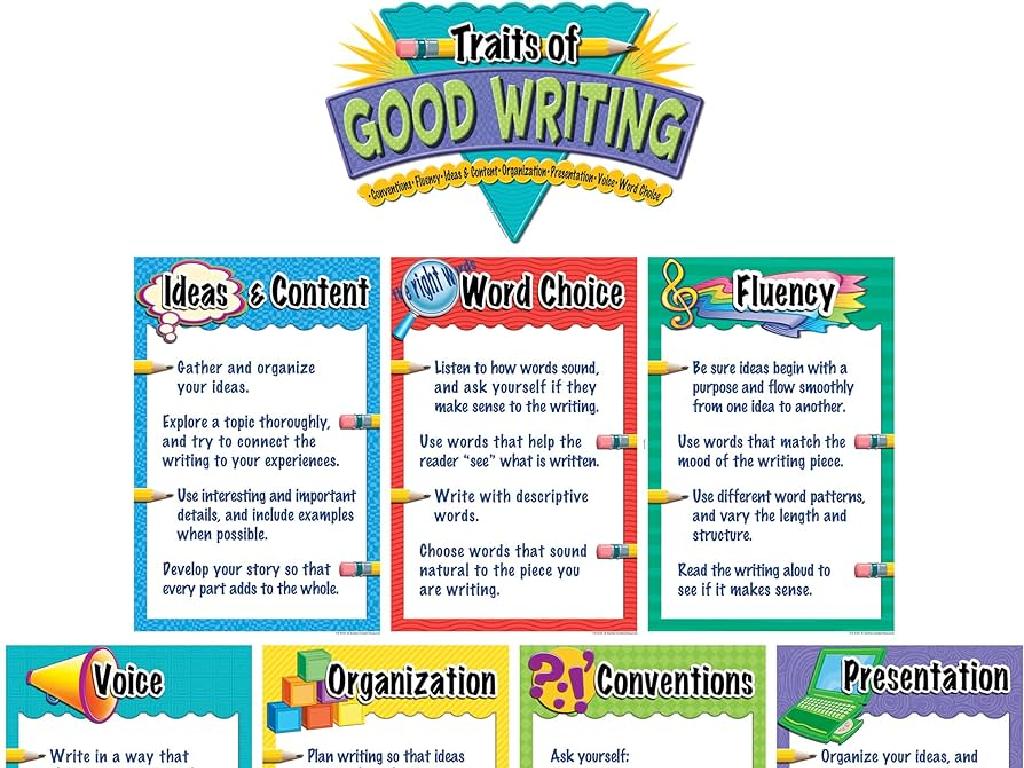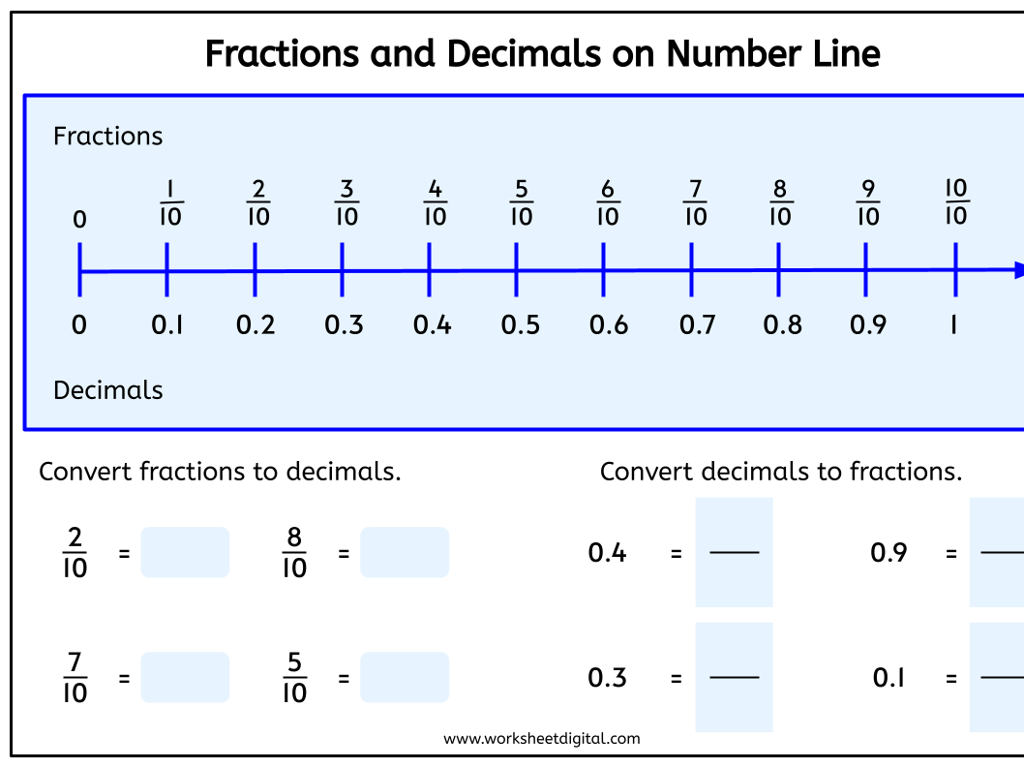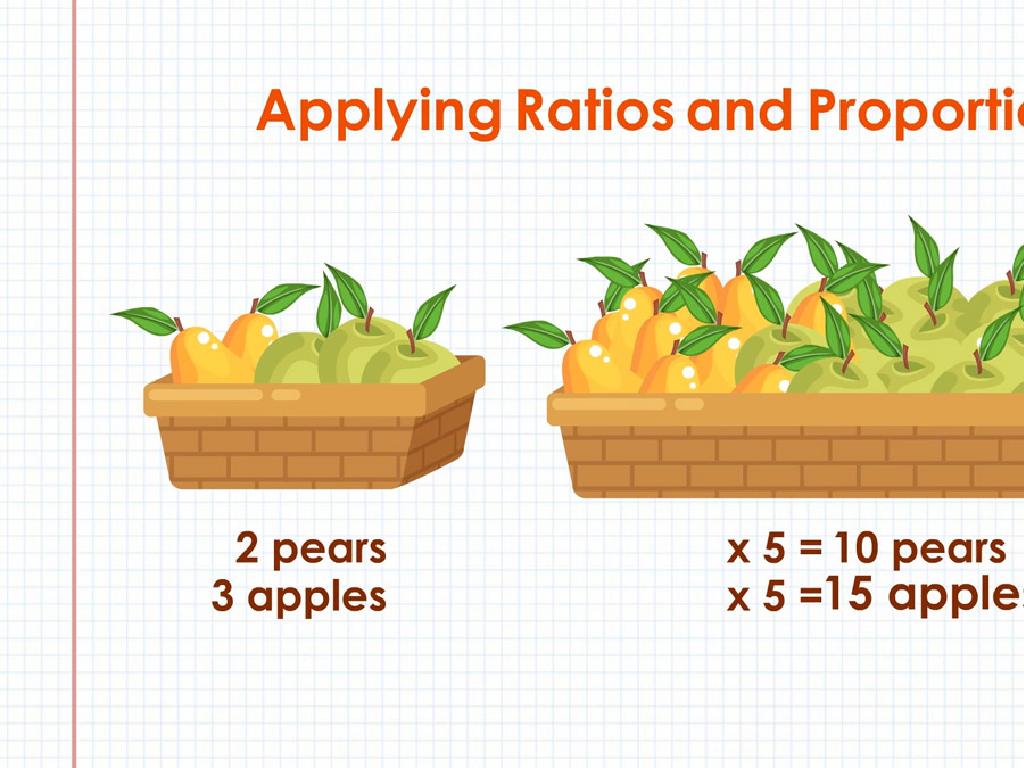Add And Subtract Money Amounts
Subject: Math
Grade: Fifth grade
Topic: Money
Please LOG IN to download the presentation. Access is available to registered users only.
View More Content
Introduction to Money: Understanding Its Value
– Money as a trade tool
– Money is used to buy and sell goods or services.
– Forms of money: Cash to Digital
– Money comes in paper bills, metal coins, or digital forms like online banking.
– Recognize bill and coin values
– Know what each bill and coin is worth.
– Quick review activity
– Match bills and coins to their values.
|
This slide introduces students to the concept of money as a medium of exchange and the different forms it can take, from physical cash and coins to digital transactions. Begin by explaining the function of money in simple terms, emphasizing its role in trade. Show various forms of money, including bills and coins, and discuss digital money, which is becoming increasingly relevant. Engage the class with a quick review where they identify and match different denominations of money with their corresponding values. This activity will help solidify their understanding of money’s worth and prepare them for learning how to add and subtract different amounts. Encourage students to bring in examples of different forms of money for a show and tell in the next class.
Adding Money Amounts
– Step-by-step money addition
– Align decimal points
– Ensure decimals are in a vertical line
– Add dollars and cents separately
– Add cents like regular numbers, carry over if more than 100
– Example: $5.35 + $3.20
– Combine $5.00 + $3.00 and $0.35 + $0.20
|
When teaching students to add money, start by explaining the importance of aligning decimal points to ensure dollars are added to dollars and cents to cents. Emphasize the separate addition of dollars and cents, treating cents as whole numbers until they exceed 100. Use the example of $5.35 + $3.20 to demonstrate the process: first add the dollar amounts ($5 + $3), then the cents (35c + 20c), and finally combine the two for the total amount. Encourage students to practice with various sums of money, reinforcing the concept of decimal alignment and separate addition.
Subtracting Money Amounts
– Steps to subtract money
– Line up the numbers by decimal, subtract like regular numbers.
– Borrowing when subtracting
– Just like in subtraction, sometimes you need to borrow from the next column.
– Separate dollars and cents
– Subtract cents from cents and dollars from dollars for clarity.
– Example: $4.50 – $2.75
– Start with cents: 50 – 75, borrow 1 dollar, becomes 150 – 75. Then subtract dollars.
|
This slide aims to teach students the correct method to subtract money amounts. Start by explaining the importance of aligning the decimal points and treating the subtraction like any other number subtraction. Emphasize the concept of borrowing, as it’s crucial when the top number is smaller than the bottom number in a column. Show them how to handle dollars and cents separately to avoid confusion, using an example with a common transaction amount. The example provided will help illustrate the process step by step. Encourage students to practice with different amounts and to check their work by adding the difference to the smaller amount to see if it equals the larger amount.
Estimating Money Amounts
– Learn to round to the nearest dollar
– If you have $23.76, you round to $24 to estimate.
– Understand estimation’s daily use
– Estimation helps with quick decisions on spending and saving.
– Practice estimation with examples
– Example: Estimating the total cost of a shopping list.
– Discuss the benefits of estimating
|
This slide introduces the concept of estimation in the context of money, a vital skill for effective financial planning and decision-making. Start by explaining rounding rules and practice rounding various amounts to the nearest dollar. Emphasize the importance of estimation in everyday life, such as budgeting or making quick decisions while shopping. Provide real-life examples where students can apply estimation, like totaling the cost of items in a shopping cart. Encourage students to share their own experiences where they had to estimate costs. This will help them understand the practicality and necessity of estimation in daily activities.
Word Problems with Money
– Apply addition and subtraction
– Use real-life scenarios like shopping to add and subtract prices.
– Read problems carefully
– Identify the question asked
– What is the total cost? How much change will you get back?
– Solve step by step
– Example: If you buy a toy for $15 and a book for $8, how much did you spend in total?
|
This slide aims to teach students how to approach word problems involving money by applying addition and subtraction. Start by explaining the importance of understanding real-life scenarios where they will use these skills, such as shopping or saving allowance. Emphasize the need to read the problem carefully to grasp all the details. Guide them to identify the key question being asked in the problem. Then, demonstrate solving a problem step by step with a clear example, such as calculating the total cost of items or the change received after a purchase. Encourage students to practice with similar problems and to explain their thought process as they solve each step.
Class Activity: Money Transactions
– Set up a mock store in class
– Use play money for transactions
– Add and subtract during purchases
– Reflect on the activity
– Discuss what you learned and the challenges you encountered.
|
In this interactive class activity, students will gain practical experience with money by setting up a mock store. Provide play money and price tags for items that students can ‘buy’ and ‘sell’. They will practice adding amounts to make purchases and subtracting to make change. This hands-on approach helps solidify their understanding of money transactions. After the activity, lead a class discussion to reflect on what they learned, emphasizing the importance of accuracy in adding and subtracting money, and to address any challenges they faced. Possible variations of the activity could include different roles (e.g., cashier, customer), using a mix of coins and bills, or introducing discounts or taxes to add complexity.






